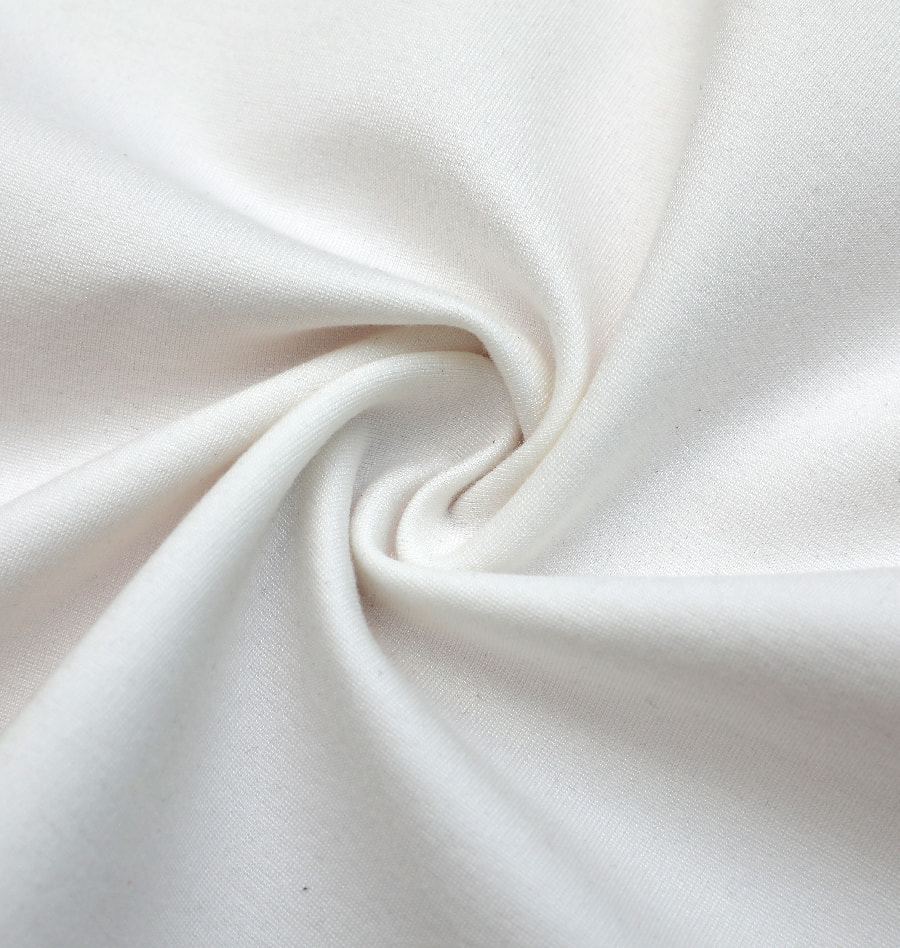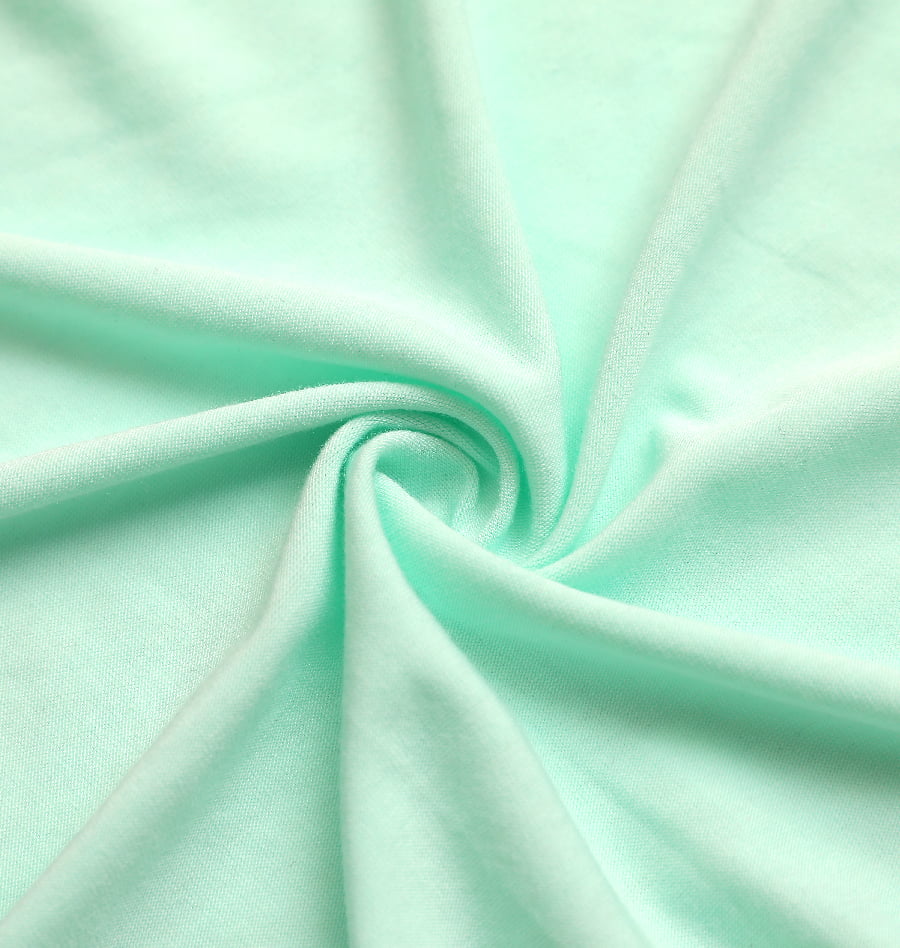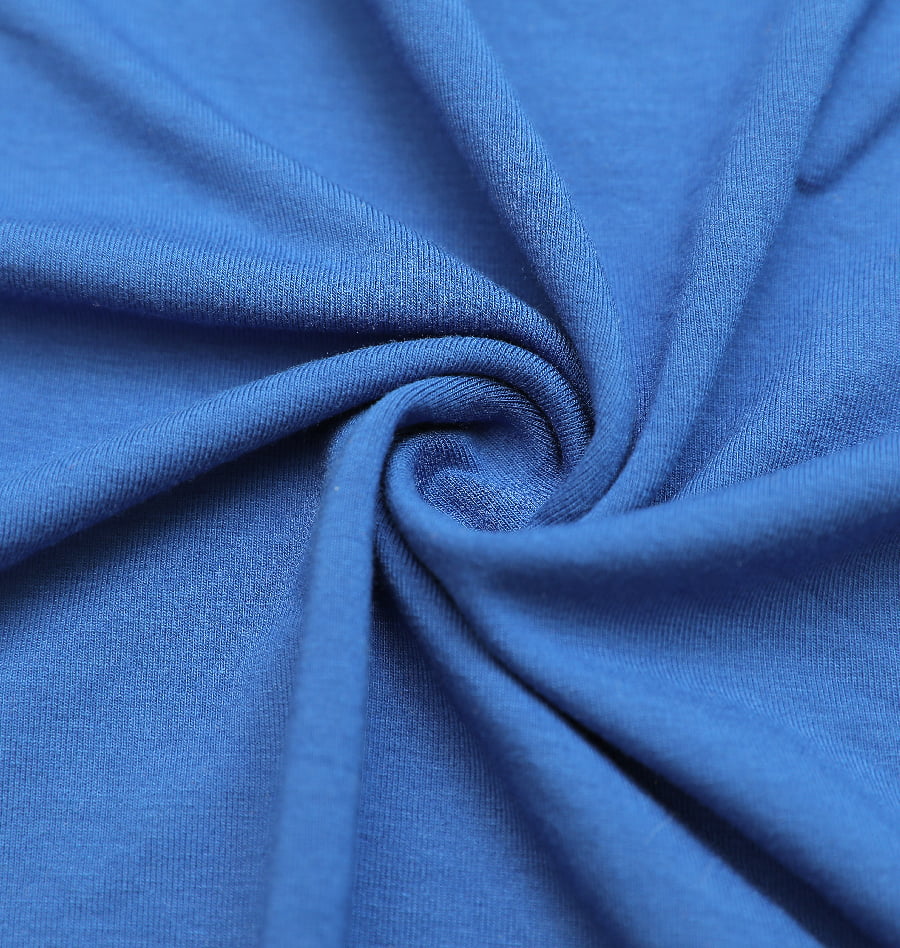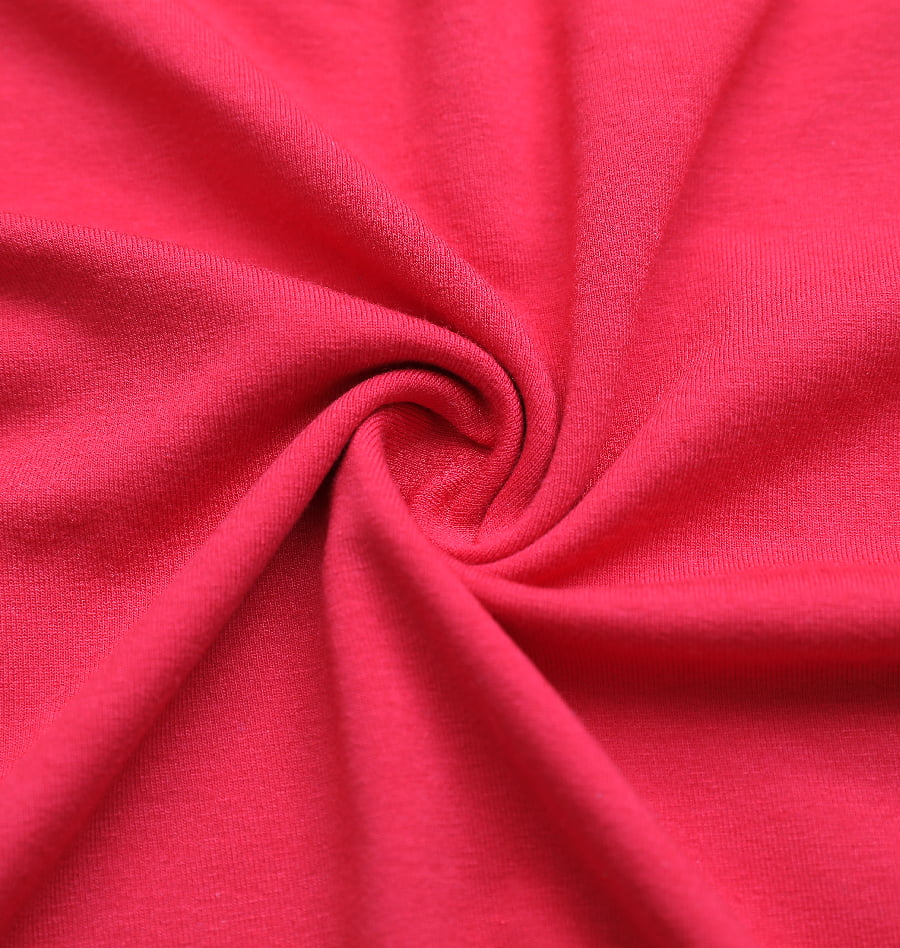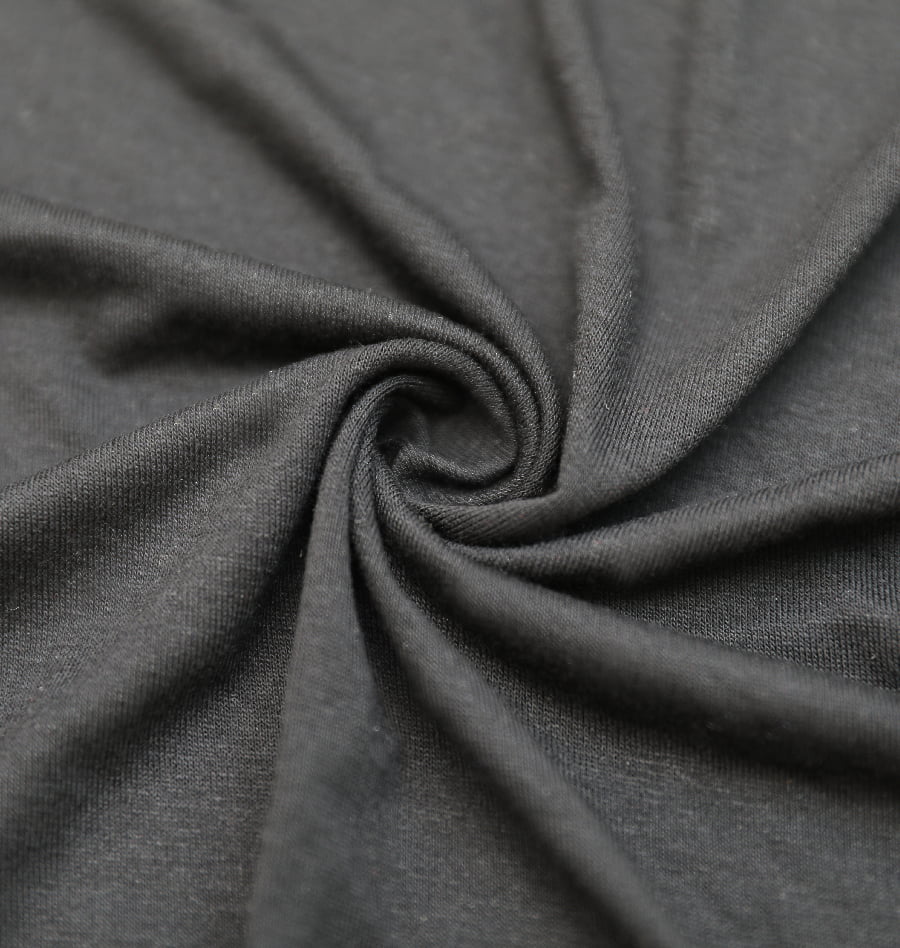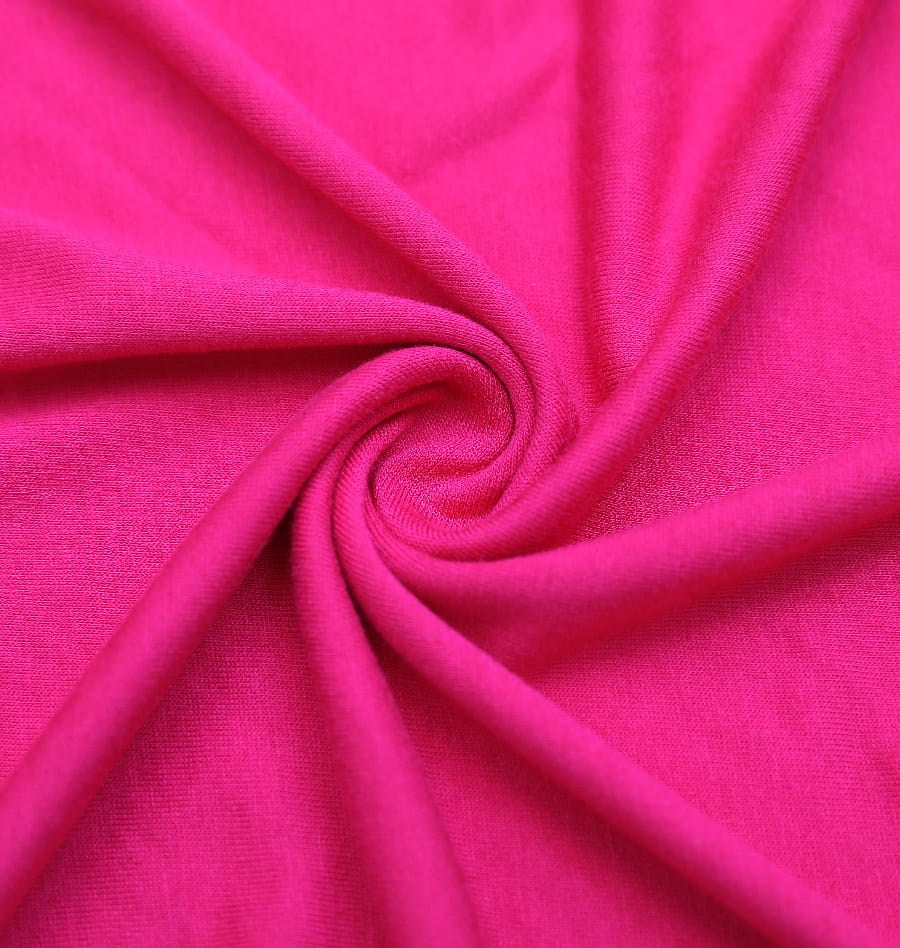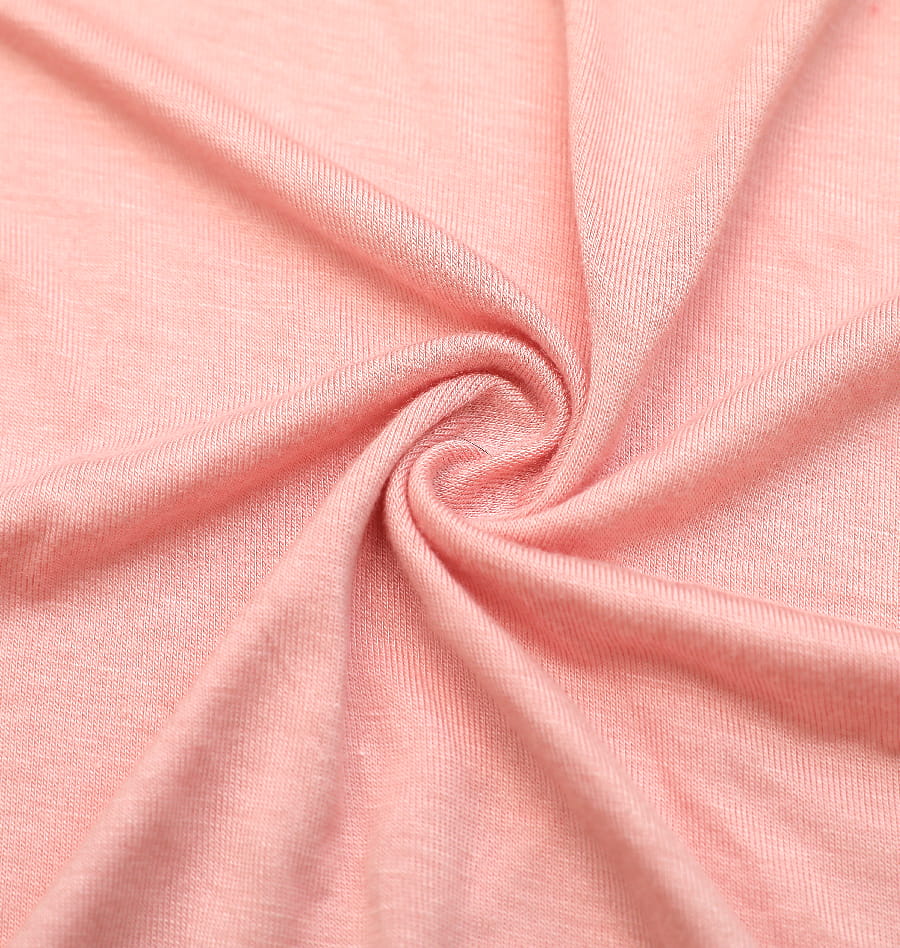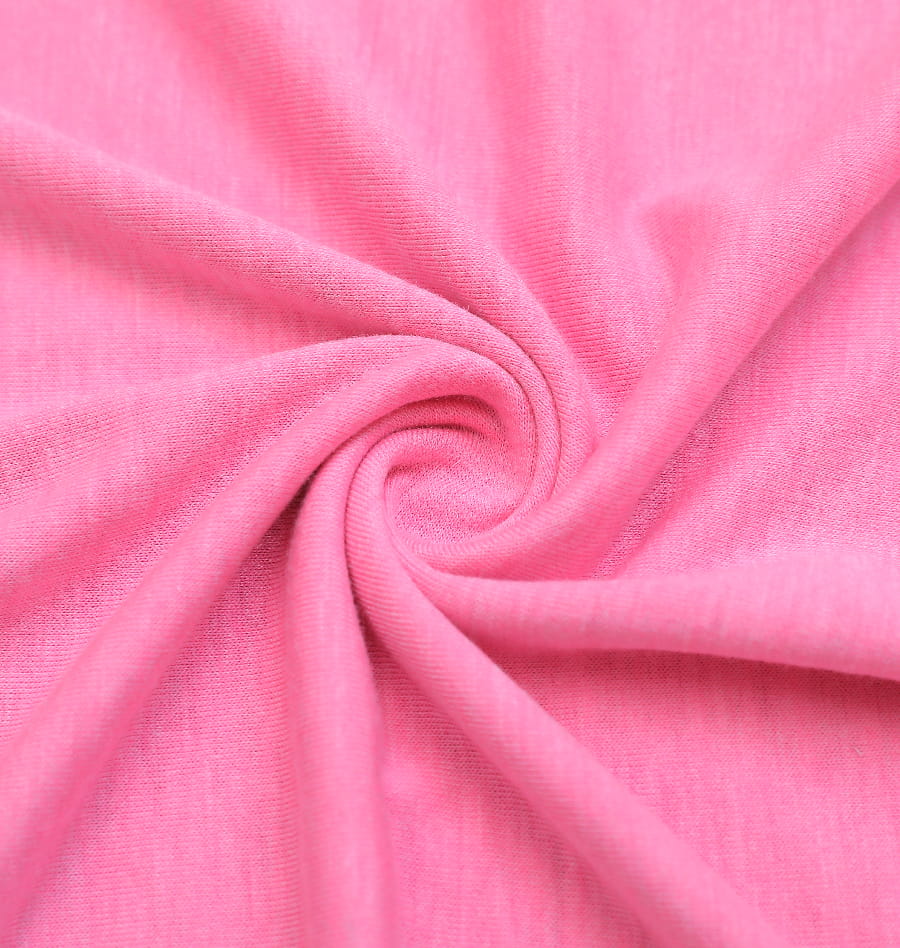1. Fabric Composition: The composition of double knit fabric greatly affects its quality and performance. Double knit fabric is typically made from a combination of fibers, such as cotton, polyester, nylon, or wool. The choice of fibers impacts the fabric's strength, breathability, moisture-wicking properties, and overall comfort. High-quality double knit fabric uses fibers that are carefully selected and blended to create a fabric that meets specific requirements, such as softness, elasticity, or moisture management.
2. Weight and Thickness: The weight and thickness of double knit fabric are important indicators of its quality. The weight refers to the grams per square meter (GSM) measurement, which determines the fabric's density and durability. Higher GSM values indicate a heavier and denser fabric that is often more durable. However, the weight should also be balanced with the intended use of the fabric. Thicker double knit fabric tends to be warmer and more suitable for colder climates or winter wear, while lighter-weight fabric offers breathability and flexibility for active or summer garments.
3. Fabric Construction: The construction of double knit fabric affects its stretch, recovery, and dimensional stability. Double knit fabric is created by interlocking two layers of fabric together during the knitting process, resulting in a fabric with two distinct sides. The construction technique used determines the fabric's stretchability, shape retention, and resistance to deformation. High-quality double knit fabric is carefully constructed to maintain its shape, provide excellent stretch and recovery properties, and withstand repeated wear and washing without losing its form.
4. Colorfastness and Print Clarity: The colorfastness and print clarity of double knit fabric are crucial for ensuring long-lasting aesthetics and visual appeal. High-quality double knit fabric undergoes rigorous testing to ensure that the colors and prints do not fade or bleed when exposed to light, washing, or friction. The dyes and pigments used in the fabric should be of superior quality and properly applied to ensure vibrant, fade-resistant colors and sharp, clear prints.
5. Breathability and Moisture Management: Double knit fabric with good breathability and moisture management is highly valued, especially in activewear or garments worn in warm climates. Quality double knit fabric allows air circulation, wicks moisture away from the skin, and dries quickly. This helps to regulate body temperature, prevent discomfort from sweat accumulation, and enhance wearer comfort. Proper moisture management also contributes to odor control and overall garment freshness.
6. Durability and Pilling Resistance: The durability of double knit fabric is essential for ensuring its longevity and resistance to wear and tear. High-quality fabric undergoes testing to assess its durability, including resistance to abrasion and pilling. Pilling refers to the formation of small, fuzzy balls of fibers on the fabric surface due to friction or washing. Quality double knit fabric is designed to minimize pilling and maintain its appearance even after multiple uses and washes.
7. Easy Care and Maintenance: Double knit fabric that is easy to care for and maintain is highly desirable. High-quality fabric is often shrink-resistant, wrinkle-resistant, and colorfast, allowing for simple and convenient care instructions. This is particularly important for garments and home textiles that require frequent washing or cleaning.


